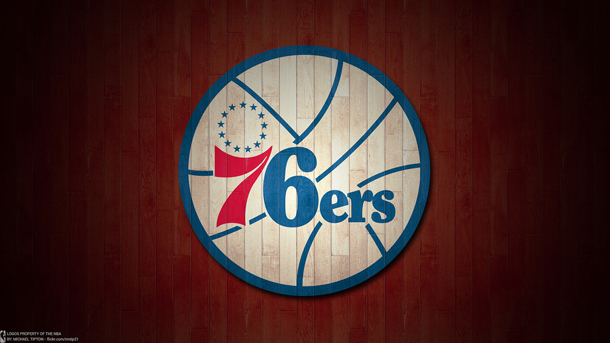Recently, Sports Illustrated ran a story discussing how difficult it is for media members covering the 76ers to come up with new angles regarding a team that’s so consistently miserable. The article pointed out that heading into a December 1 contest with the Lakers (incidentally, a winnable game for Philadelphia), the franchise had already set the mark for the longest losing streak in major professional U.S. sports history. What that means for Philly and the media that surrounds the team is one story, but in this post we’re going to talk more about what such a losing streak means for the NBA, and how such problems might be fixed.
The most important aspect of fixing the problem is undoubtedly understanding its cause. And make no mistake, that cause is tanking. Tanking allegations have plagued the 76ers for several seasons now, though it’s rare for a team or anyone involved with an organization to openly admit to such activity. Last season, then-Sixers point guard Michael Carter-Williams even went so far as to write a diatribe against tanking theories. You can read more about the diatribe at Bwin News, but Carter-Williams’ general point was that he and his teammates were not giving anything less than their best effort, and that much is almost certainly true. But the argument also represents a naive (or perhaps intentionally misleading) perspective on tanking. It’s the Sixers front office, rather than the roster, that isn’t trying its hardest.
Any NBA player would be foolish not to play his hardest, because at the end of the day it’s a job. Poor play will result in a lack of interest the next time a player is looking to sign a contract, such that a poor effort can wind up landing a player out of a job. But the front office’s task is to assemble a competitive roster and in that regard it’s impossible to say that Philadelphia GM Sam Hinkie has done anything but blatantly tank for future assets in recent seasons. The Sixers have drafted players who due to contracts abroad or injuries were known to be unprepared for immediate NBA action. They’ve drafted players whose positions are already filled on the roster (making them more assets than players intended to be used). They’ve also rolled out so many Developmental League players and un-drafted former college players that it’s become hard to recall all the names. There’s strategy to it all of course, as the Sixers are still looking at a heap of upcoming draft picks and future as
sets that could ultimately make them competitive; but it is ridiculous for anyone to deny that the tanking has been intentional.
A lot of Philly fans have adopted an attitude of patience (really, what choice do they have), and have allowed themselves to be convinced that Hinkie’s strategy will ultimately pay off. Perhaps it will. But in the meantime a major market NBA team has been rendered completely and utterly uncompetitive in its league. Games are hardly worth watching, the majority of players are hardly relevant, and the team has gotten so bad that a hometown fan reportedly pointed a gun at rookie center Jahlil Okafor in the midst of heckling him. Now, it’s become clear that Okafor has had some maturity issues of late and may be getting into altercations he could avoid; but it ought to be a red flag to the league when a team is so bad players are being heckled by their own fans, in their own towns.
So how can tanking be fixed? Many look to the draft lottery for possible solutions, suggesting that if we made it more difficult for the very worst teams to be sure they’d be getting top picks, those teams would be less inclined to lose intentionally. Proposals to fix the lottery usually wind up silly or untenable, however, and the truth is the NBA already has a more randomized draft system than some other major sports. In the NFL, for instance, the last place team is assured the top draft pick, as opposed to just the best odds in a lottery.
Instead, the best way to fix this problem may be to take a page out of soccer’s book and invite a relegation and second division system to major U.S. sports. Basically, in such a system, a given number of teams finishing at the bottom of the NBA would be penalized by dropping into a lower division for the following season, while the top teams in that division would be promoted to the first division. For a team in the lower division, the only triumph would be to achieve promotion; there would be no possibility of an NBA title or playoff appearance. That right there could be a viable solution, and it would at least ensure that teams wouldn’t tank on purpose.
In a system like this, we might still see tanking. For instance, Hinkie’s tanking has been so aggressive in Philadelphia that it stands to reason he’d have done it anyway if a relegation system existed, with a plan to build up his roster in the second division until it was ready to compete in the first. But odds are that in most situations a team’s fan base would only tolerate relegation for so long before totally losing interest. Additionally, a second division team would have very little hope of attracting free agents. And of course, there could also be different draft rules, such that the bottom first division teams might actually have better lottery odds than the second division teams.
The details would be complicated, and to be clear no such format has been officially proposed (at least not to our knowledge). But the system is in place and has worked in European soccer for years. It could go a long way toward helping us establish an NBA in which teams are no longer assembling noncompetitive lineups intentionally.



















